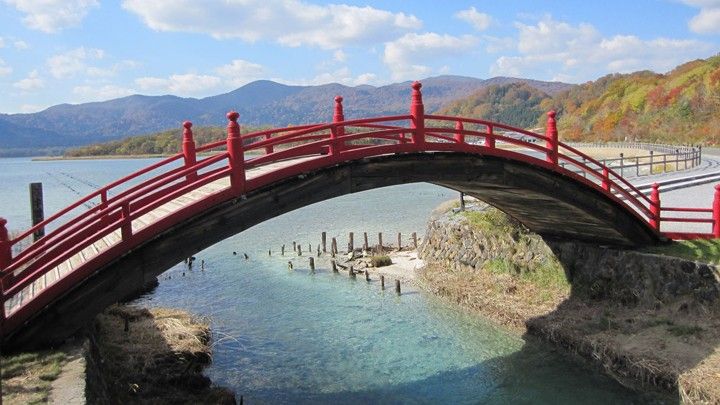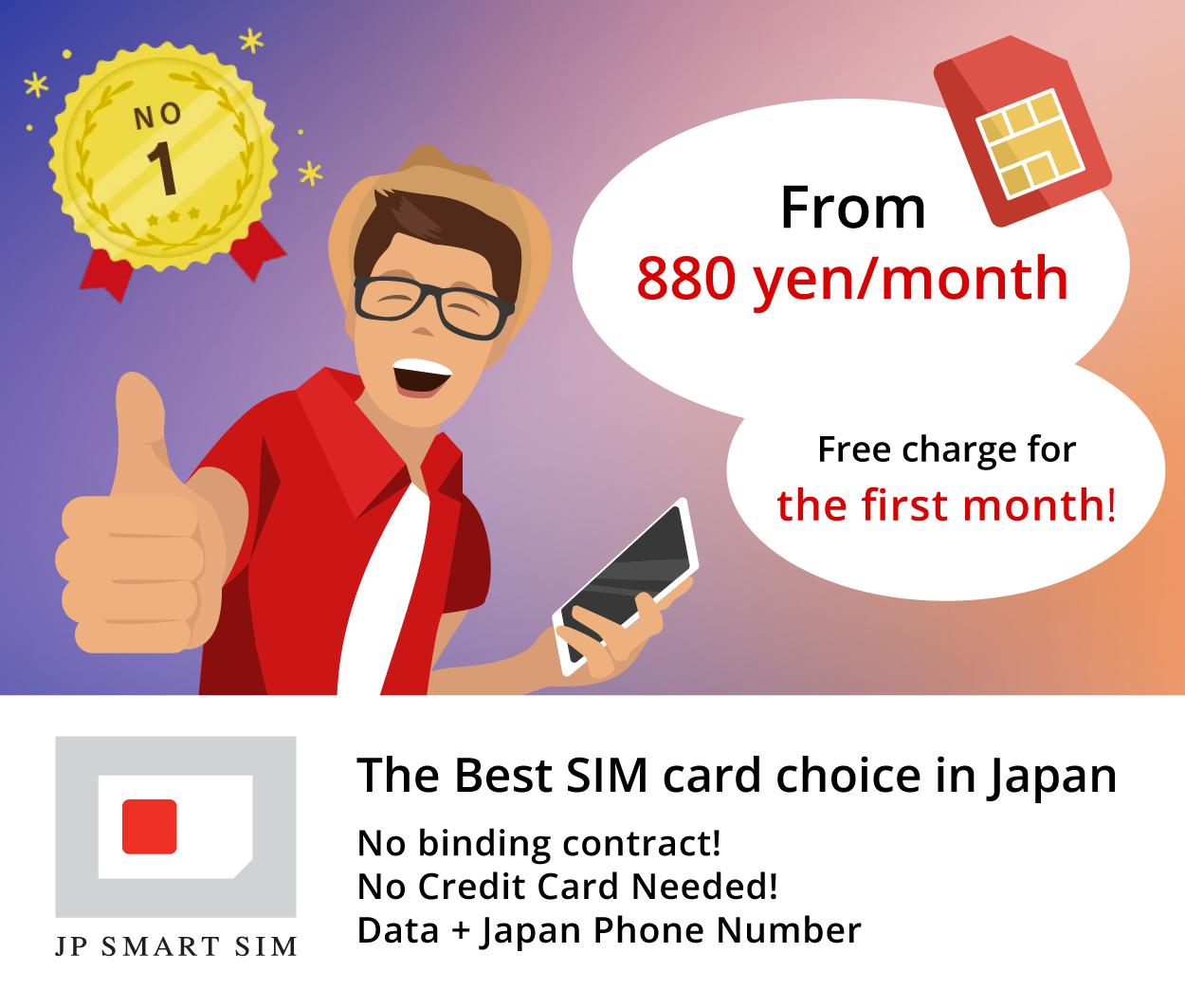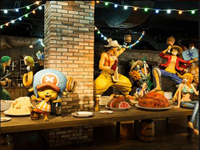Reijo Osore-zan


(Source: windybear / PIXTA)

(Source: トレッキングから登山)
Sanmon, gate to the spiritual world
Crossing over a red-arched bridge that divides this world and the afterlife, you will find the gate “Sanmon” beyond which the spiritual world exists. It is always peculiarly quiet a place even when there are many visitors. The only sound heard here is the spinning sound of pinwheels. When you continue forward, you will see a rough rocky area that suggests the desolate scenery of hell.

(Source: 夢・心・彩・純のページ)
Jizo-den, main hall
The principal image of Buddha, Enmei Jizo-bosatsu is settled in the main hall. Prayers are offered three times a day (6:30, 11:00, 14:00). The mountain called Jizo-san stands in the mist behind the building. On both sides of the approach, there are four sheds of hot springs where visitors can relax for free.

(Source: まじすかのバタバタライフ.....)

(Source: まじすかのバタバタライフ.....)
Hell Tour
You will find incessant hell and sinners’ hell one after another in this savage atmosphere. Some hells shoot up sulfurous gas through the rough rocky surface. It is better if you bring a handkerchief or a mask.

(Source: うげい / PIXTA)
Sai-no-Kawara
It is said that a young child who dies before his parents must continue to build a stone stupa forever at Sai-no-Kawara because he makes his parents grieve. It is believed that the soul of the child can rest in peace once he completes the stupa. So many visitors here help building it. Near Sai-no-Kawara, there are many pinwheels offered to the souls of children to play with in the world of afterlife.

(Source: Plum Heart)

(Source: tn-photo / PIXTA)
Gokuraku-hama & Lake Usoriyama Bring Peace to Your Mind
After walking through the Hell area in fumes of sulfur, the scenery changes dramatically when you see “Gokuraku-hama” ahead. It is a beautiful white beach that reminds you of the Buddhists’ land of Happiness after death. It is somewhat lonely, and whimsical at the same time. The cobalt blue lake will bring you peace of mind.

(Source: むつ来さまい館)
Sanzu-no-Kawa & Taiko-bashi
A red-arched bridge is over the river, Sanzu-no-kawa, that divides this world and the afterlife. It is said that the bridge looks as thin as a needle to sinners and they cannot go over it. There are stone statues of Datsueba who plunders the clothes of the dead and Keneo who measures the gravity of the sins of the dead.

(Source: tabikaze / PIXTA)

(Source: (公社)むつ市観光協会)
Communicate with the Deceased in a Ritual “Itako no Kuchiyose”
Osore-zan is famous for “Itako no kuchiyose.” Kuchiyose is a ritual conducted by Itako (Japanese shaman) who communicate with the deceased by allowing the spirit to possess their bodies. Many people visit Itako hoping to hear from their lost loved ones even today. During the annual summer festival (July 20-24) and the temple visit in autumn (beginning of October), many people wait in a line in front of Itako huts that stand side by side.

(Source: 吟遊詩人リギアの一里毎 【ヒトリゴト】)

(Source: windybear / PIXTA)

(Source: トレッキングから登山)
Sanmon, gate to the spiritual world
Crossing over a red-arched bridge that divides this world and the afterlife, you will find the gate “Sanmon” beyond which the spiritual world exists. It is always peculiarly quiet a place even when there are many visitors. The only sound heard here is the spinning sound of pinwheels. When you continue forward, you will see a rough rocky area that suggests the desolate scenery of hell.

(Source: 夢・心・彩・純のページ)
Jizo-den, main hall
The principal image of Buddha, Enmei Jizo-bosatsu is settled in the main hall. Prayers are offered three times a day (6:30, 11:00, 14:00). The mountain called Jizo-san stands in the mist behind the building. On both sides of the approach, there are four sheds of hot springs where visitors can relax for free.

(Source: まじすかのバタバタライフ.....)

(Source: まじすかのバタバタライフ.....)
Hell Tour
You will find incessant hell and sinners’ hell one after another in this savage atmosphere. Some hells shoot up sulfurous gas through the rough rocky surface. It is better if you bring a handkerchief or a mask.

(Source: うげい / PIXTA)
Sai-no-Kawara
It is said that a young child who dies before his parents must continue to build a stone stupa forever at Sai-no-Kawara because he makes his parents grieve. It is believed that the soul of the child can rest in peace once he completes the stupa. So many visitors here help building it. Near Sai-no-Kawara, there are many pinwheels offered to the souls of children to play with in the world of afterlife.

(Source: Plum Heart)

(Source: tn-photo / PIXTA)
Gokuraku-hama & Lake Usoriyama Bring Peace to Your Mind
After walking through the Hell area in fumes of sulfur, the scenery changes dramatically when you see “Gokuraku-hama” ahead. It is a beautiful white beach that reminds you of the Buddhists’ land of Happiness after death. It is somewhat lonely, and whimsical at the same time. The cobalt blue lake will bring you peace of mind.

(Source: むつ来さまい館)
Sanzu-no-Kawa & Taiko-bashi
A red-arched bridge is over the river, Sanzu-no-kawa, that divides this world and the afterlife. It is said that the bridge looks as thin as a needle to sinners and they cannot go over it. There are stone statues of Datsueba who plunders the clothes of the dead and Keneo who measures the gravity of the sins of the dead.

(Source: tabikaze / PIXTA)

(Source: (公社)むつ市観光協会)
Communicate with the Deceased in a Ritual “Itako no Kuchiyose”
Osore-zan is famous for “Itako no kuchiyose.” Kuchiyose is a ritual conducted by Itako (Japanese shaman) who communicate with the deceased by allowing the spirit to possess their bodies. Many people visit Itako hoping to hear from their lost loved ones even today. During the annual summer festival (July 20-24) and the temple visit in autumn (beginning of October), many people wait in a line in front of Itako huts that stand side by side.

(Source: 吟遊詩人リギアの一里毎 【ヒトリゴト】)






